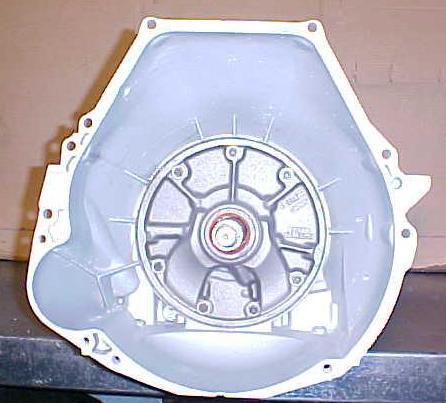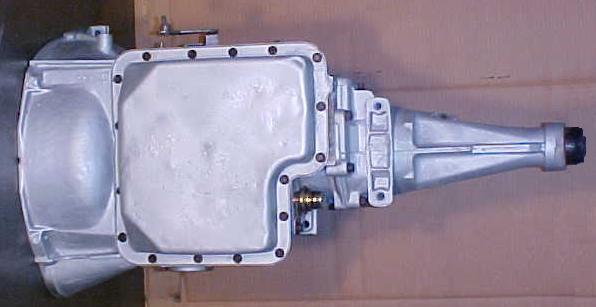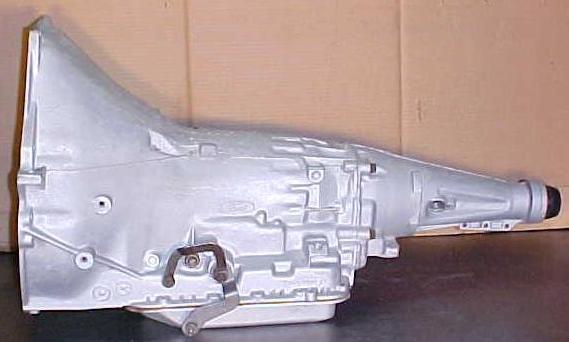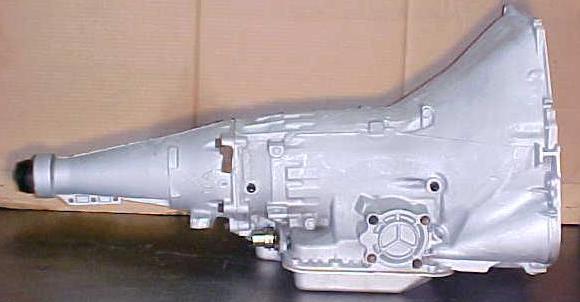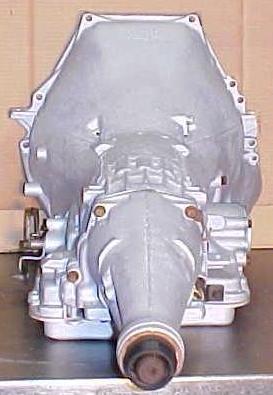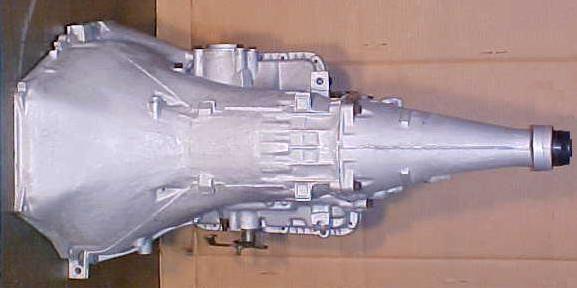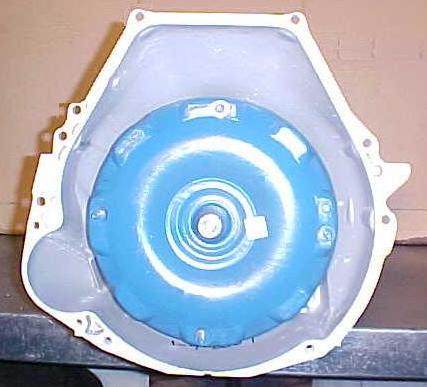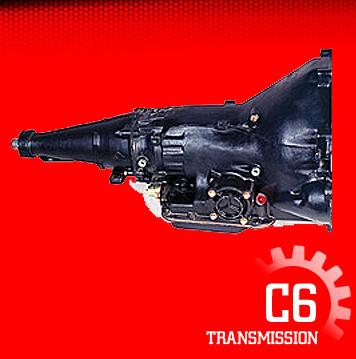
Which C6 Transmission To Select As A Replacement For Your Cruise-O-Matic.

The following technical article is provided by our Webmaster, Dave Dare ~ simplyconnected. It is used here with his permission.
I LOVE the C6 but you need to be very careful when buying. The C6 is all aluminum with a built-in bell housing.
The C6 was made in five different bell housing varieties. It was in production from 1966-2004 and has been used as a replacement for the COM transmission in 1958-1966 Tbirds and beyond.
[*]The Windsor pattern was used on the 300 I6, the Ford Windsor Engine and the 351 Cleveland
[*]The 460 pattern was used on the 351M and 400 and all of the Ford "385" Engines
[*]The FE pattern was used on the FE Engines
[*]The rare 66 - 68 Lincoln MEL 462 Engine pattern which was used on 66 - 68 Lincoln Continentals with the 462 engine and also on 68 - 69 Lincoln Continentals with the 460. This pattern rounds off on the passenger side to clear the heat/AC box on the 66 - 69 Lincoln firewall.
[*]Diesel pattern. This was similar to the FE/"385" pattern but the two are not interchangeable.
If you find a C6, make sure it came from an FE engine and get the flex plate and starter motor with it. I'd hate to see you buy a trans you can't use. - Dave
How to Read Ford Part and Casting Numbers.
Heres how the Ford 19641996 part/casting numbering system looks:
C6AS-7006-A
The prefix tells you when the part was originally released for production, what car line it was released for, and what engineering group it came from.
The prefix breaks down like this:
First Position (Decade)
C = 19601969
D = 19701979
E = 19801989
F = 19901999
Second Position (Year of Decade)
4 = 1964
5 = 1965
6 = 1966
7 = 1967
8 = 1968
9 = 1969
0 = 1970
Then, the sequencing starts all over again at 1971 with 1, again in 1981 with 1, and again in 1991 at 1.
Third Position (Car Line)
A = Ford
D = Falcon
G = Comet, Montego, Cyclone
J = Marine and Industrial
K = Edsel
M = Mercury
O = Fairlane, Torino
S = Thunderbird
T = Ford Truck
V = Lincoln
W = Cougar
Z = Mustang
C6AS = Ford Thunderbird
Basic Part Number
The basic part or casting number is the same whether it is an engineering number or a service number. For example, 7006 is the basic number for all automatic transmission main cases. What youre concerned with mostly here is the prefix, which tells you year and basic application.
Suffix
The suffix indicates the change level. A means original status of released part. B indicates at least one engineering change. The entire alphabet is used except the letters I and L, which could be mistaken for the numeral 1. When Ford goes through the entire alphabet, it starts over again at AA, AB, AC, AD, and so on.
Date coding works like this:
6D17
6 = 1966
D = April
17 = Day
If the date code is cast into the piece, it indicates the date the piece was cast at the foundry. If the date code is stamped or inked, it indicates date of manufacture.
A tranny usually has a metal tag riveted to it with the tranny code stamped into it. Often they are removed when being overhauled and not put back on. However, check the case of the tranny you are considering using as a replacement and look for stampings into the casing as to what model it is, and the Date Coding. Here is an example of what to look for.

